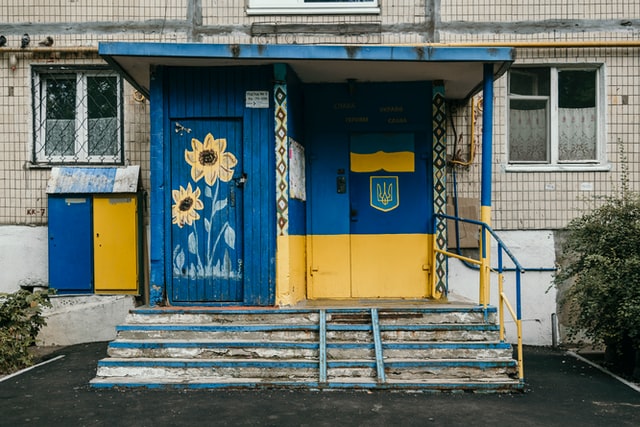Realism over the Ukraine war requires both weapons surge and diplomatic flurry

Will the casual leaking of top secret Pentagon documents change the course of the Ukraine war?
It’s reasonable to ponder this point considering American officials’ private view of the 14-month war has finally been made public. In public, they say the fight for freedom and liberty will continue for as long as it takes. In private, they ask pertinent questions about what victory for Ukraine would look like, whether it’s even possible and what it would require.
With Russia unwilling to budge, engage in meaningful negotiations, or stop its brutal offensive, how will Kyiv achieve a total military victory and get back all of Ukraine’s seized territory? Especially, as American and European military support and other forms of aid to Ukraine increasingly comes under scrutiny. (Not too long ago, remember, Poland and Hungary declared they would unilaterally pause Ukrainian grain imports even though the European bloc as a whole had lifted tariffs last year to help Ukraine transport its wares to the rest of the world.)
The leaked documents reveal the American intelligence community’s rather dismal assessment about the long arc of the Ukraine war. The US Defence Intelligence Agency (DIA), for instance, issued a gloomy assessment that predicted an open-ended conflict even in the unlikely event Ukraine recaptured “significant” amounts of territory. Both sides, the DIA said, would remain bogged down by “insufficient troops and supplies for effective operations”.
The revelations also warn about Ukraine’s constant shortage of military supplies. Its air defence capabilities will be hamstrung right round this time, the papers said, with the cupboard bare of some items in April and running out of others in May. The Ukrainian military too, which has sustained heavy casualties – possibly 120,000 or more in the last year – may also struggle to sustain supplies of trained men and material.
Some would say the downbeat nature of the revelations are a cruel blow to Ukraine. Others might insist on the need to be realistic about the toll of war – any war – and how long it should go on.
Already, the US foreign policy establishment is starting to look ahead and counsel strong support for a two-pronged war plan. A Foreign Affairs essay by Richard Haass and Charles Kupchan of the Council on Foreign Relations, for instance, is headlined “The West Needs a New Strategy in Ukraine”. Its strapline: “A Plan for Getting From the Battlefield to the Negotiating Table”.
The process they advise is both a weapons surge and a diplomatic flurry. “The best path forward,” they write, “is a sequenced two-pronged strategy aimed at first bolstering Ukraine’s military capability and then, when the fighting season winds down late this year, ushering Moscow and Kyiv from the battlefield to the negotiating table.”

